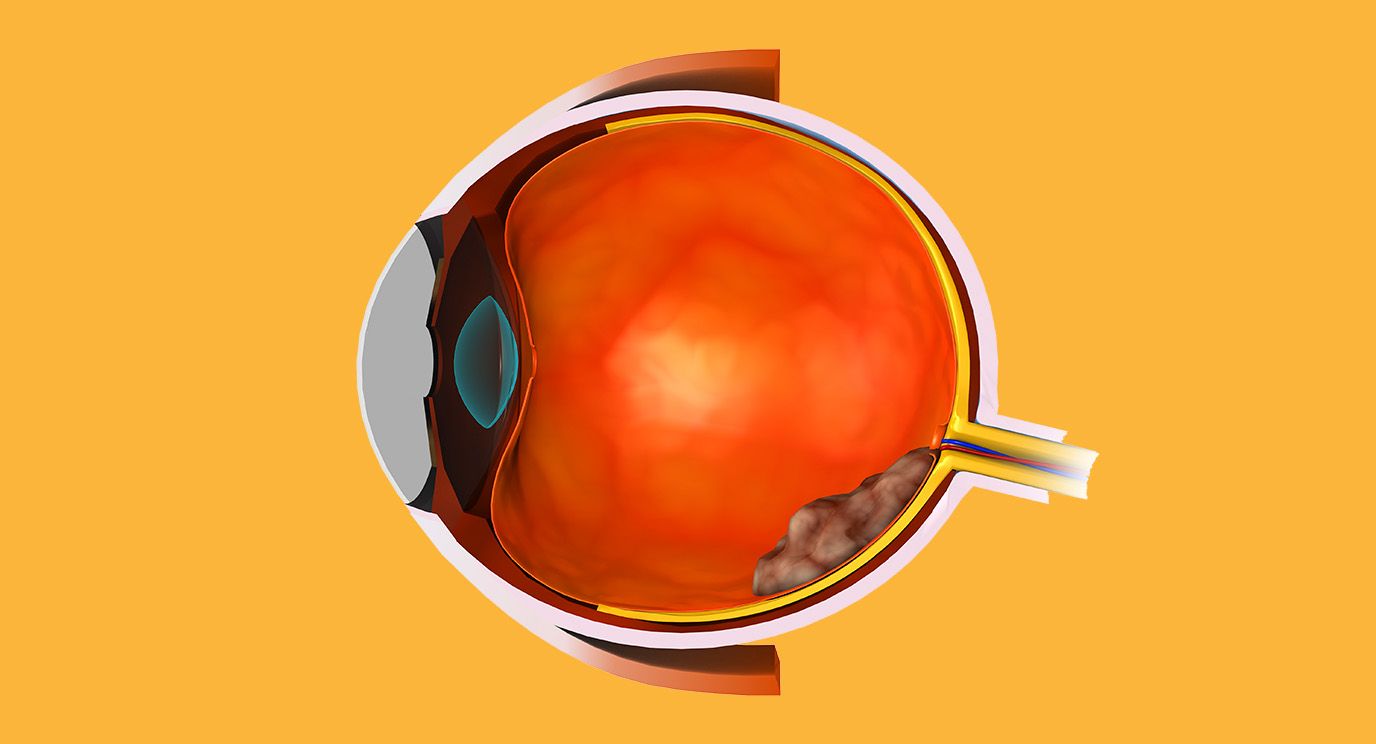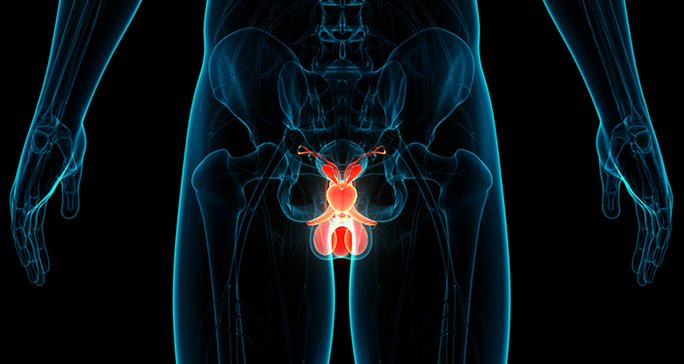- Diseases
- Acoustic Neuroma (14)
- Adrenal Gland Tumor (24)
- Anal Cancer (66)
- Anemia (2)
- Appendix Cancer (16)
- Bile Duct Cancer (28)
- Bladder Cancer (68)
- Brain Metastases (28)
- Brain Tumor (228)
- Breast Cancer (714)
- Breast Implant-Associated Anaplastic Large Cell Lymphoma (2)
- Cancer of Unknown Primary (4)
- Carcinoid Tumor (8)
- Cervical Cancer (154)
- Colon Cancer (164)
- Colorectal Cancer (110)
- Endocrine Tumor (4)
- Esophageal Cancer (42)
- Eye Cancer (36)
- Fallopian Tube Cancer (6)
- Germ Cell Tumor (4)
- Gestational Trophoblastic Disease (2)
- Head and Neck Cancer (6)
- Kidney Cancer (124)
- Leukemia (344)
- Liver Cancer (50)
- Lung Cancer (288)
- Lymphoma (284)
- Mesothelioma (14)
- Metastasis (30)
- Multiple Myeloma (98)
- Myelodysplastic Syndrome (60)
- Myeloproliferative Neoplasm (4)
- Neuroendocrine Tumors (16)
- Oral Cancer (100)
- Ovarian Cancer (170)
- Pancreatic Cancer (166)
- Parathyroid Disease (2)
- Penile Cancer (14)
- Pituitary Tumor (6)
- Prostate Cancer (144)
- Rectal Cancer (58)
- Renal Medullary Carcinoma (6)
- Salivary Gland Cancer (14)
- Sarcoma (236)
- Skin Cancer (294)
- Skull Base Tumors (56)
- Spinal Tumor (12)
- Stomach Cancer (60)
- Testicular Cancer (28)
- Throat Cancer (90)
- Thymoma (6)
- Thyroid Cancer (98)
- Tonsil Cancer (30)
- Uterine Cancer (78)
- Vaginal Cancer (14)
- Vulvar Cancer (18)
- Cancer Topic
- Adolescent and Young Adult Cancer Issues (20)
- Advance Care Planning (10)
- Biostatistics (2)
- Blood Donation (18)
- Bone Health (8)
- COVID-19 (362)
- Cancer Recurrence (120)
- Childhood Cancer Issues (120)
- Clinical Trials (622)
- Complementary Integrative Medicine (24)
- Cytogenetics (2)
- DNA Methylation (4)
- Diagnosis (226)
- Epigenetics (6)
- Fertility (62)
- Follow-up Guidelines (2)
- Health Disparities (14)
- Hereditary Cancer Syndromes (122)
- Immunology (18)
- Li-Fraumeni Syndrome (8)
- Mental Health (118)
- Molecular Diagnostics (8)
- Pain Management (64)
- Palliative Care (8)
- Pathology (10)
- Physical Therapy (18)
- Pregnancy (18)
- Prevention (886)
- Research (388)
- Second Opinion (74)
- Sexuality (16)
- Side Effects (602)
- Sleep Disorders (10)
- Stem Cell Transplantation Cellular Therapy (216)
- Support (404)
- Survivorship (322)
- Symptoms (186)
- Treatment (1770)
Opioids for cancer pain relief: Myths and facts
BY Devon Carter
4 minute read | Published March 26, 2018
Medically Reviewed | Last reviewed by an MD Anderson Cancer Center medical professional on March 26, 2018
Opioids are medications that can help manage pain caused by cancer and its treatment by blocking pain signals from injured nerves to the brain. They can help relieve aching, throbbing pain in the muscles (known as nociceptor pain), or numbness in the hands and feet known as neuropathy.
We spoke with Dhanalakshmi ("Lakshmi") Koyyalagunta, M.D., about what cancer patients should know about opioids and myths surrounding them. Here’s what she said.
What are common opioids prescribed to cancer patients?
Some of the most commonly prescribed opioids are tramadol, hydrocodone, morphine, methadone, hydromorphone, oxycodone, tapentadol, oxymorphone and fentanyl patches. They vary in strength and form (pill, elixir, patch or intravenous formulation).
When are opioids prescribed for cancer pain?
We prescribe opioids in the most necessary situations, such as for patients who have significant pain from their cancer or their treatment. We use opioids cautiously because of the risk of addiction and because they’re more easily tolerated over time, which makes them less effective in managing pain.
When we do prescribe opioids, they’re just one part of our pain management approach.
What side effects are caused by opioid use?
Patients taking opioids may experience constipation, drowsiness, nausea, itching, increased sweating, a weakened immune system and hormonal changes. There’s also the risk of misusing these medications, which worries many patients.
Here are three myths I commonly hear from patients regarding these drugs.
Myth 1: If I take an opioid for my pain, I’ll get addicted.
Certain factors make a patient more likely to misuse opioids. Young patients with a history of anxiety, depression, smoking, drug or alcohol abuse or sexual abuse are more likely to misuse prescribed opioids. We take several precautions to ensure these patients won’t fall into abusive behavior.
First, the patient answers the 14-item Screener and Opioid Assessment for Patients with Pain questionnaire (known as the SOAPP) that helps identify patients that are at higher risk of misusing the prescribed opioid. We then educate the patient and their family about addiction, and we may prescribe an opioid that’s less likely to be abused, such as patch or tamper-resistant medication, or a more frequent follow-up appointment schedule. We also ask about other medications the patient uses since taking benzodiazepines, like Xanax®, Valium®, and Ambien® for anxiety or sleep, raises the risk of misuse. Then, we give a small supply of the medication for a short period of time.
The patient will come in for an evaluation once the prescription period is done, and we’ll check to see if the patient took the medicine as prescribed, if it helped manage the pain and chat about any other concerns they may have regarding the prescription.
Myth 2: If I experience withdrawal from an opioid, I’m addicted.
Most patients who take an opioid feel withdrawal symptoms when they stop taking the drug. This is a normal and isn’t addiction. This may include feeling jittery, sweating, abdominal pain and heart palpitations. To manage withdrawal symptoms, we taper off the drug so that the patient takes less over time. Some patients feel fine early on, but others feel discomfort for two or three weeks. Withdrawal of opioids is not life-threatening, but it’s uncomfortable, so we also teach patients how to cope.
Myth 3: If my dosage needs to be increased, it means I’m addicted.
Over time, the body develops a tolerance for the drug, so it becomes less effective. We can increase the dosage or, for some patients, we can change the specific medication prescribed.
Once a dose reaches a level of around 100 mg of morphine, we try a different opioid medication because of tolerance and also the side effect called opioid-induced hyperalgesia, which is when opioids can actually make the pain worse. We may also change your prescription to a different opioid if the other side effects you experience are affecting your quality of life. But it’s important to understand that tolerance is physical and addiction is mental.
What are signs of opioid addiction?
Red flags of addiction are craving the medications and using the drug beyond its prescription, even though the patient know it’s harmful. Examples of misusing opioids include:
- taking it for the “high” that you feel while on the medication
- taking a larger dose than prescribed (such as taking two pills instead of one)
- taking the drug more frequently than prescribed
- using it with other medications that your doctor isn’t aware of
- mixing it with recreational drugs or alcohol
What other steps should patients on opioids take to stay safe?
It’s important that you store your medications securely. We recommend using a lock box.
Also, only take the drug as prescribed. Don’t share your medication with anyone else, and don’t take anyone else’s medications.
If you feel your prescription isn’t helping control your pain, talk with your doctor. We can’t always relieve your pain completely, but we try our best to make you as comfortable as possible. By including other therapeutic approaches, such as non-opioid medications, nerve blocks, other advanced interventions, physical therapy, psychological support and the cancer treatment itself, we can help manage the pain and help you cope with lingering discomfort and get you back to living your life.
Request an appointment at MD Anderson online or by calling 1-844-550-1390.

It’s important to understand that tolerance is physical and addiction is mental.
Dhanalakshmi Koyyalagunta, M.D.
Physician





